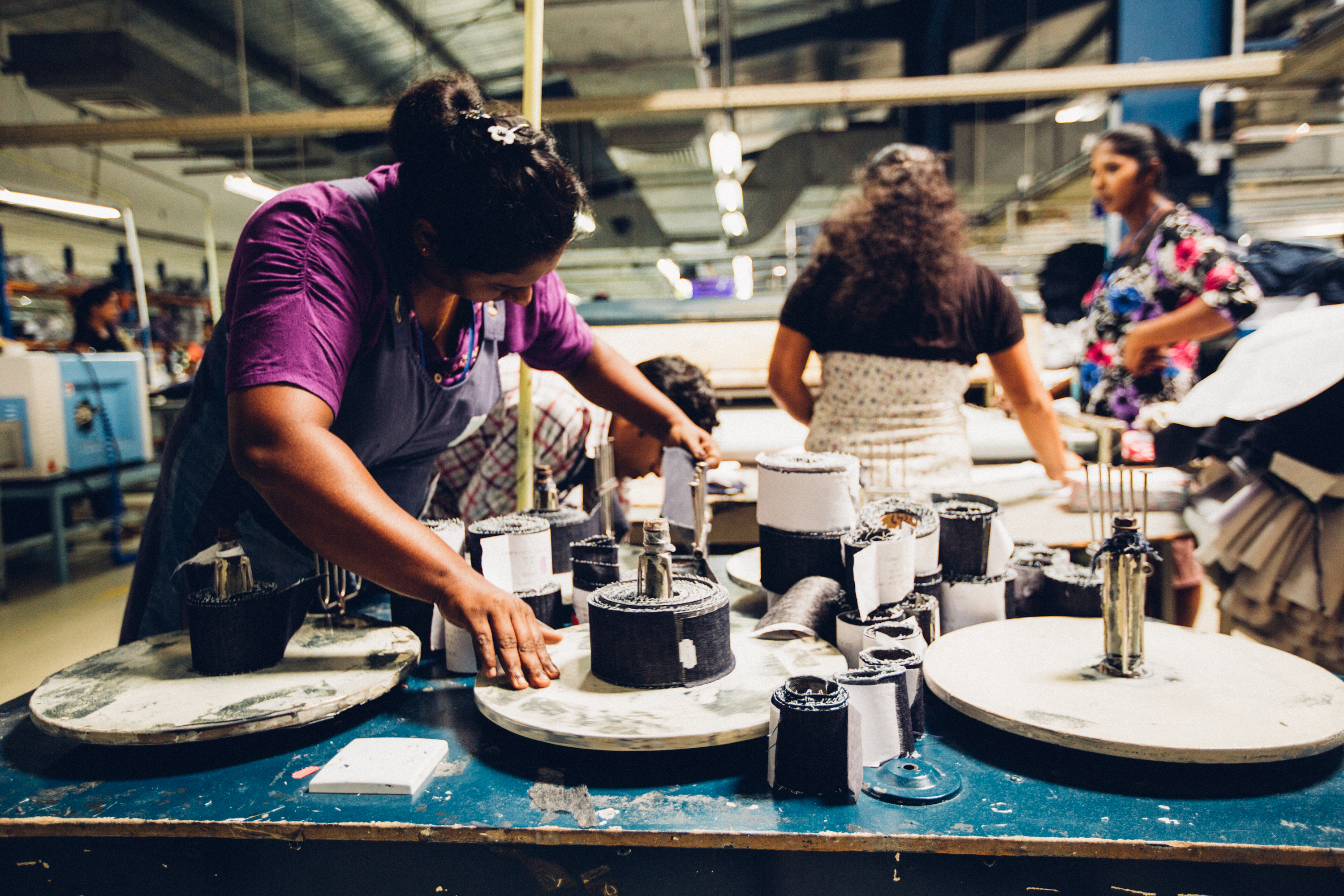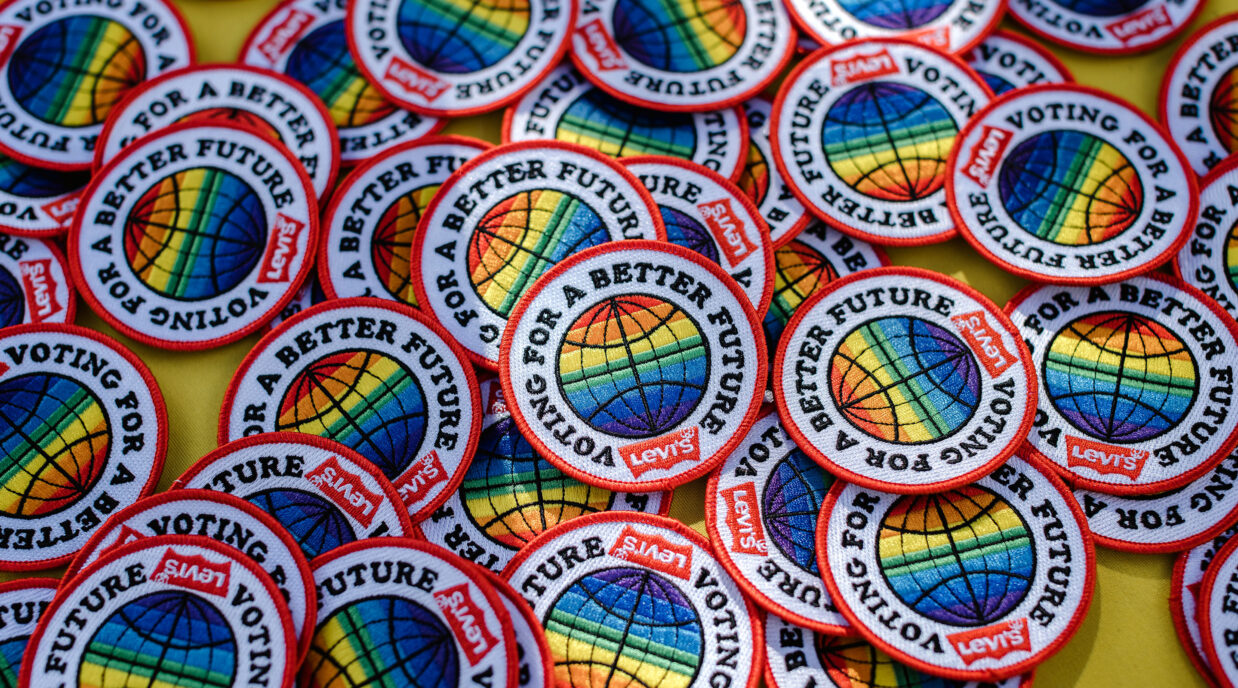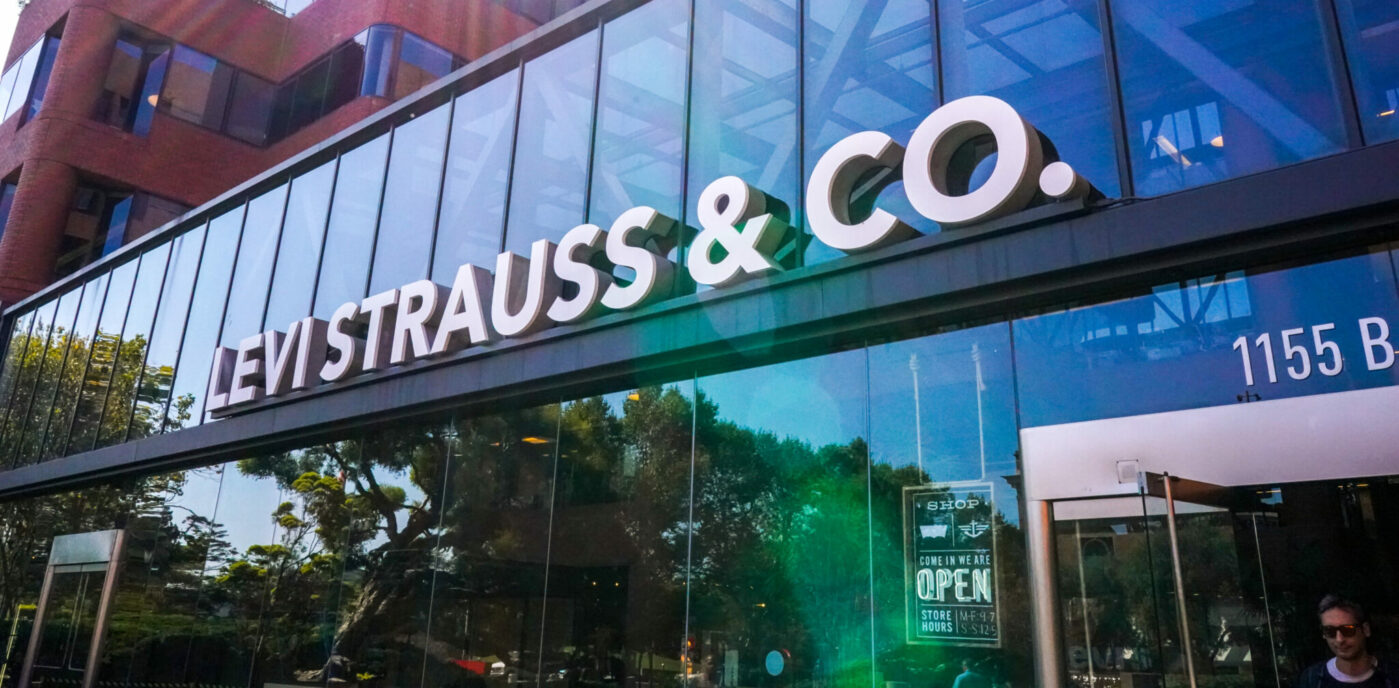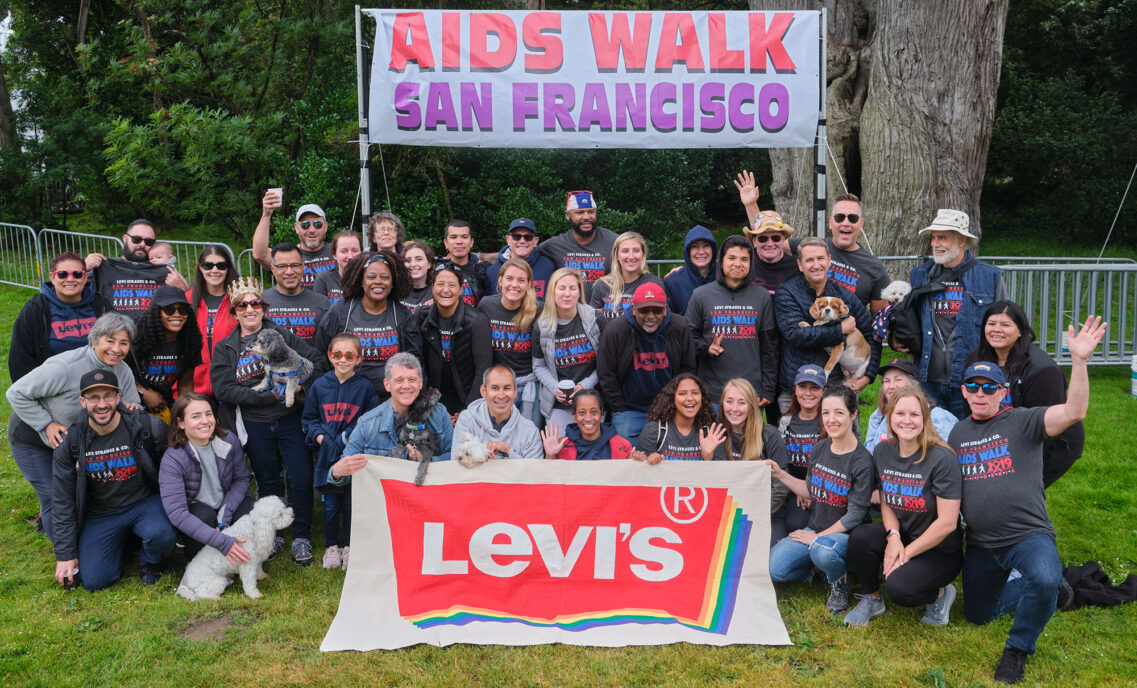One of the biggest issues facing the apparel industry might surprise you.
While water, recycling and energy issues are prevalent, it’s the well-being of apparel workers that brought together roughly 100 people in San Francisco.
Hosted by Spark San Francisco — an organization focused on advancing gender equality and women’s rights across the globe — last week’s panel featured Kim Almeida, senior program manager at Levi Strauss & Co.; Ayesha Barenblat, founder of Remake; and Stephanie Cordes, vice chair at the Cordes Foundation. Their conversation focused on how we can become more conscious consumers in order to improve the lives of apparel workers across the globe who make our clothes.
“It used to be our relationship with fashion was monogamous,” Ayesha said. “Some of us remember that timeless black dress that fit just right, so we wore it over and over again. Or those pair of jeans that hugged your hips just so, so you repaired them. We cared about what we wore, and wore it over and over again.”
Today, people are buying four times more clothing than they did 10 years ago yet spending less. Credit fast fashion for the imbalance. The majority of consumers doesn’t understand the hidden costs behind those low-priced, disposable products. “Think about the energy, water and human hands that sewed it,” Ayesha said. “Then tell me, how is it possible this item costs less than our favorite coffee drink?”
Part of the solution is to buy fewer, higher-quality items that you can wear for years to come. The other part is to be selective in what brands you purchase. In recent years, many companies, including LS&Co., have begun to invest more in the well-being of the people who make their products. It’s seen as a win-win from a social and business perspective.
“The premise is simple,” Kim said. “If you invest in your workers, it’s good for your business. Happy, healthy employees are more productive employees. … It’s not that complicated.”
Through our Worker Well-being Initiative, we work with our factories to identify the needs of workers — who are primarily women— then implement long-term programs to meet those needs. Not only does this improve workers’ lives both inside and beyond the factory walls, it’s also a good investment. We’ve found that for every dollar invested in Worker Well-being programs, it creates $3 to $4 in return.
“We believe this is the future,” Kim said. “This is what every company should be doing.”

Putting People First in the Apparel Industry
August 26, 2016






